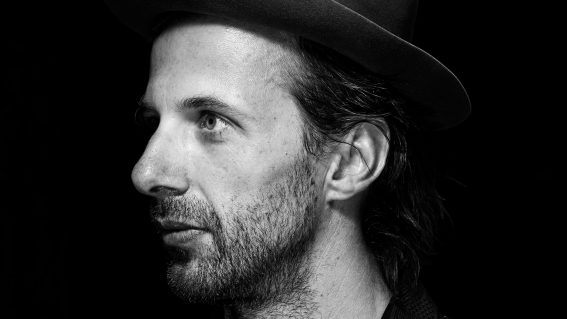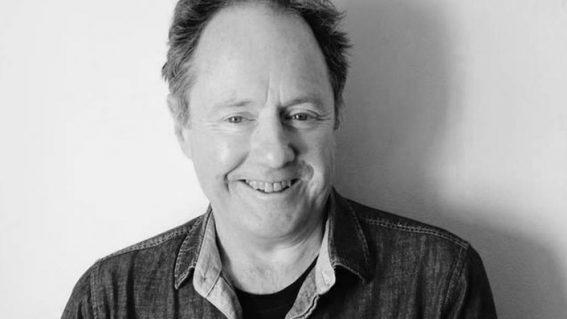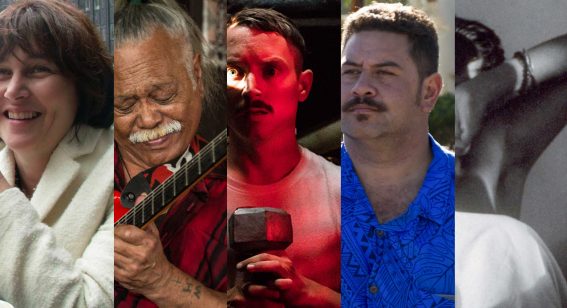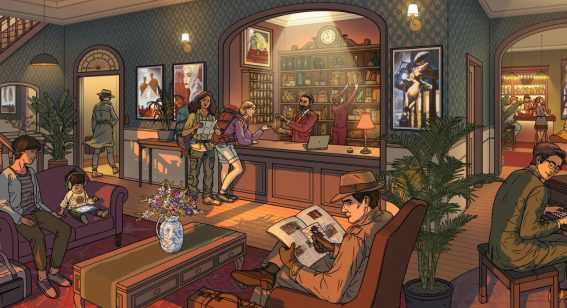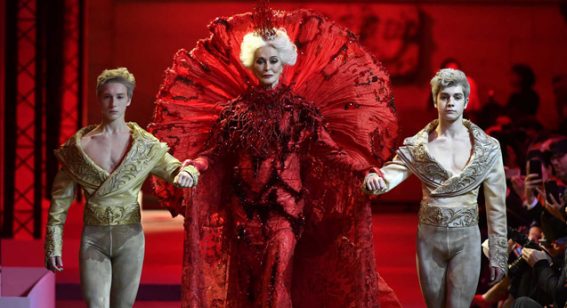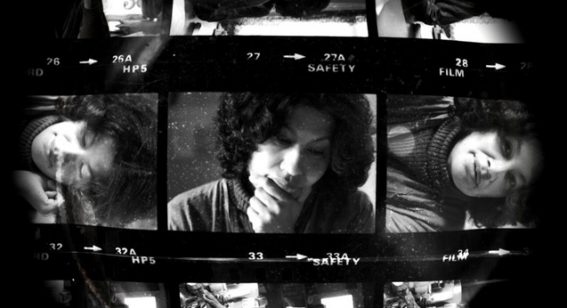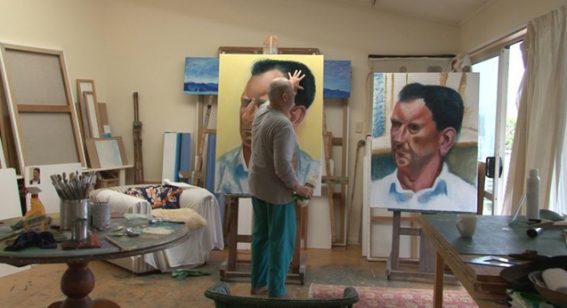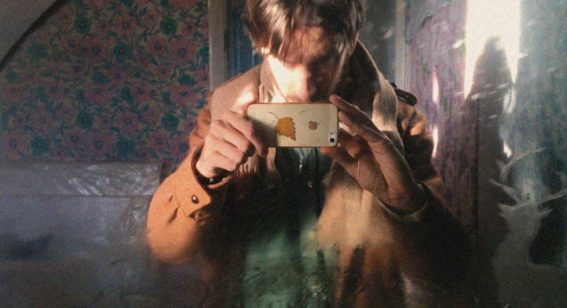NZIFF Q&A: Paul Callaghan: Dancing with Atoms
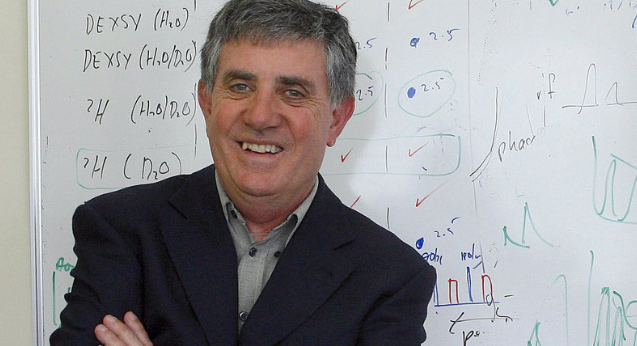
After including him in her documentary Venus: A Quest, director Shirley Horrocks dedicates her latest film to telling the story of ingenious Kiwi scientist Paul Callaghan.
FLICKS: Please summarise your film in EXACTLY ten words.
SHIRLEY HORROCKS: The life of one of New Zealand’s most original thinkers.
What did you find most surprising about delving into the life story of a scientist?
The fact that Paul Callaghan was ‘a Renaissance man’ whose passion for science not only made him world-renowned in his field but also led him to environmental issues, to the arts, and to new ideas for our society (“making New Zealand a place where talent wants to live.”)
Do you think there’s anything specific about the scientific community in Aotearoa as opposed to their peers internationally?
The fact is that we are a relatively small, isolated country, and critical mass is a constant problem. Paul Callaghan showed how to overcome those problems. He could have gained a job anywhere in the world but he chose to return to NZ, to a university where there wasn’t even a Physics department. With great ingenuity, he designed and built equipment that made world-class discoveries. NZ science has shown many times that it has that kind of spirit!
It’s tempting to think of science as a discipline that’s very results-focused, but how important was a sense of discovery, of curiosity, to Callaghan?
Paul set great store in a childhood that had allowed his curiosity to run rampant. The film dramatises how a curious boy became a scientist. Curiosity made Paul famous through his study of how atoms dance.
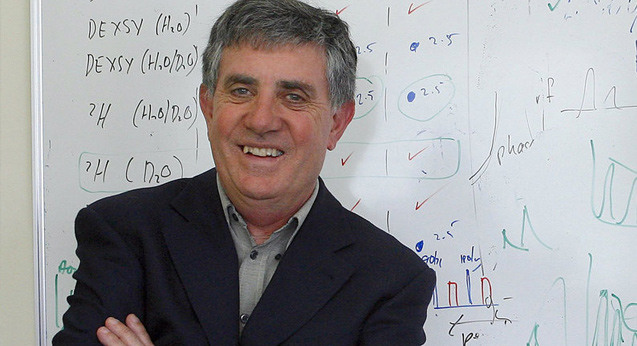
How does this align with the artistic creativity of a filmmaker and Callaghan’s other collaborators?
Paul saw art and science as being both about creative problem-solving, so he worked with writers such as Bill Manhire to develop dialogue between them. I have specialised in documentaries about artists and writers, but I felt completely at home in Paul’s world. That kind of dialogue is very important today because politicians have pressured educators to promote other subjects ahead of the arts and humanities.
What was it like for you personally to make a feature-length documentary about someone that you knew, who had passed away?
I’m glad I got to know him when I filmed him for a previous documentary, Venus: A Quest. It was tragic that he died too soon of cancer but I’m happy that the first festival screening will be a charity event which will raise money for cancer research.
In what areas do you see Callaghan’s legacy being honoured by being put into practice – and where do we need to do better?
Sir Paul Callaghan is a special role-model as our other great scientists – Ernest Rutherford, Alan MacDiarmid, and Allan Wilson – have been, but they’re still not as well-known in New Zealand as they should be. His backing of the scheme to make New Zealand predator-free led to the government making it national policy (as ‘Predator Free 2050’). Paul had a crown entity named after him – Callaghan Innovation, based on his desire to see 100 high-tech industries thriving in New Zealand, so that we would depend not only on farming and tourism, which also have downsides for the country. That change is still a work in progress. In the field of science, Paul’s many students acknowledge his huge influence and example.


